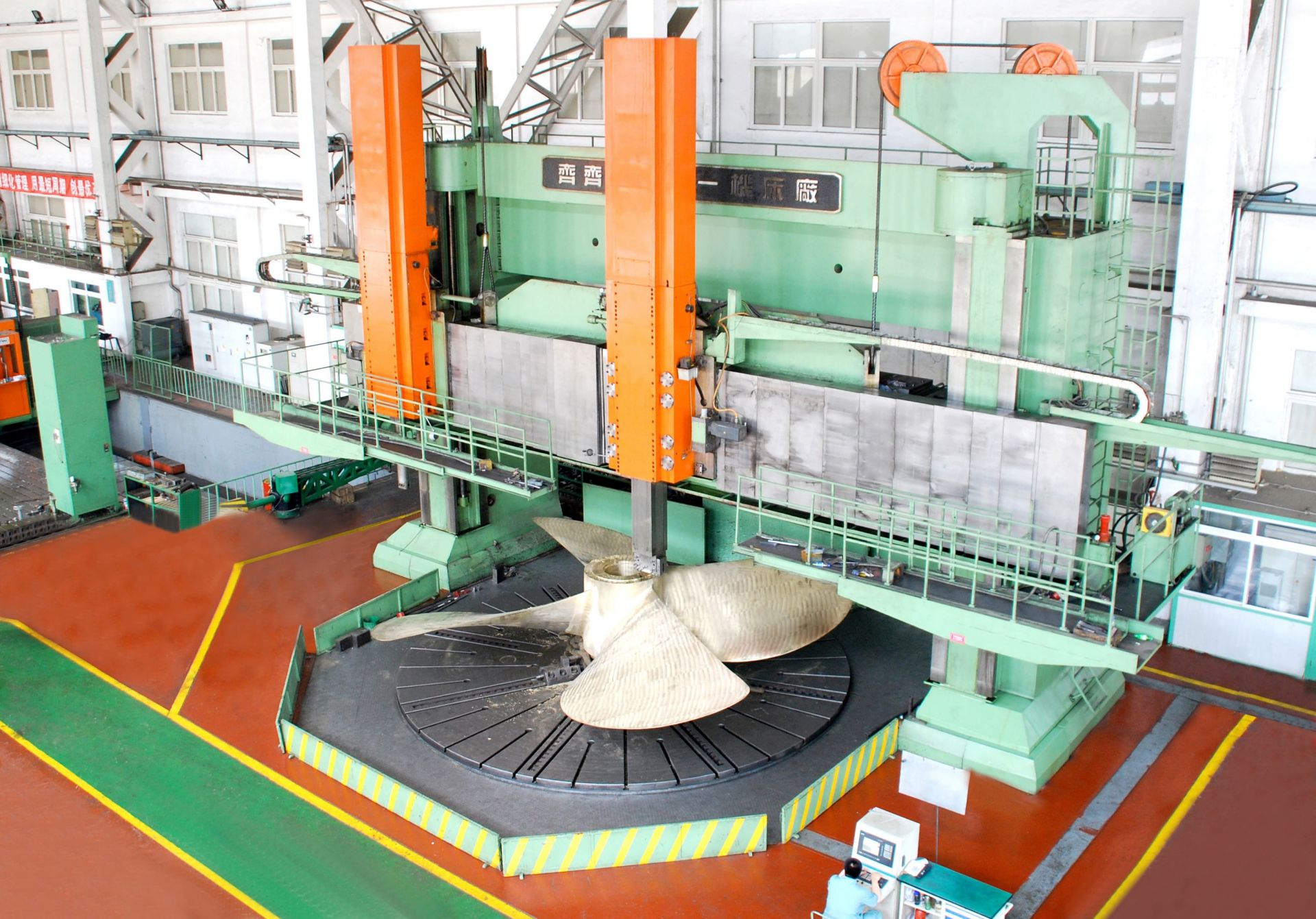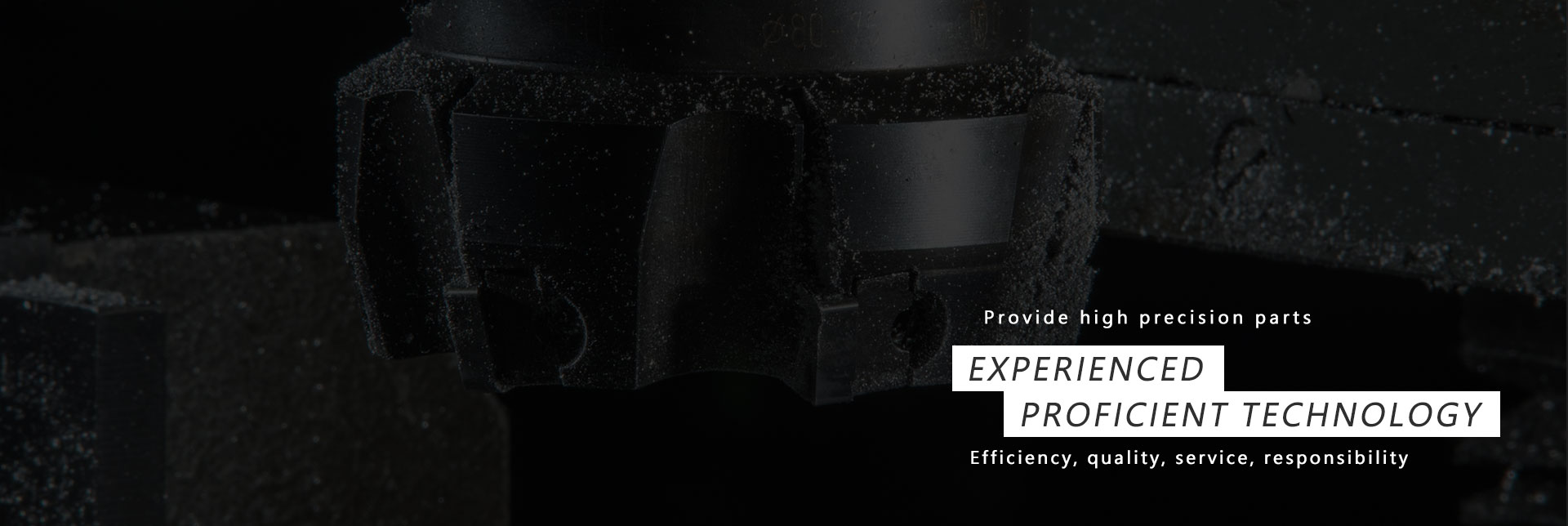
Drilling in a metal processing plant is the first process for processing holes in solid materials, and the diameter of the hole is generally less than 80mm. One is drill rotation; the other is workpiece rotation. The errors caused by the above two drilling methods are not the same. In the drilling method where the drill bit rotates in the lathe processing field, when the drill bit is deflected due to the asymmetry of the cutting edge and insufficient rigidity of the drill bit, the center line of the processed hole Will be skewed or not straight, but the aperture is basically unchanged.
Due to structural limitations, the bending rigidity and torsional rigidity of the drill bit are low, and the centering is not good, the drilling accuracy is low, generally 50~12.5μm; but the metal removal rate of the drilling is high, and the cutting efficiency is high. . Drilling is mainly used to process holes with low quality requirements, such as bolt holes, threaded bottom holes, and oil holes. Milling machine processing requires high machining accuracy and surface quality for holes, which should be achieved by reaming, reaming, boring or grinding in subsequent processing.
The metal processing factory uses a reaming drill to further process the holes that have been drilled, cast or forged to enlarge the aperture and improve the processing quality of the hole. The reaming process can be used as pre-processing before finishing the hole. , Reaming drill is similar to twist drill, but with more teeth and no chisel edge. Reaming can not only process cylindrical holes, but also various special-shaped reaming drills (also called drills) to process various countersunk seat holes and flat end faces. The front end of the drill is often equipped with a guide post, which is guided by a machined hole.


